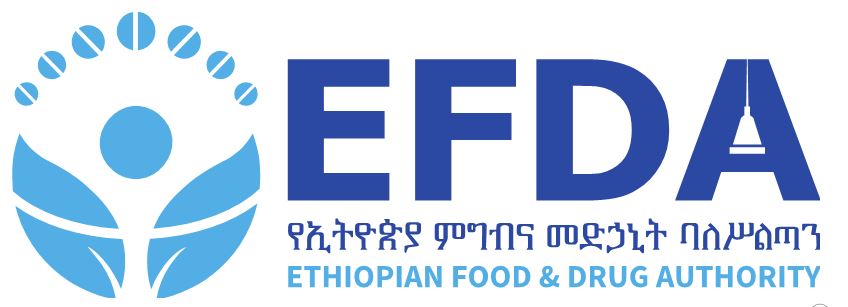The Food, Medicine and Health Care Administration and Control Authority (FMHACA) of
Ethiopia was established to safeguard the health and safety of patients, users, and other persons
by ensuring that manufacturers of medical devices follow specified procedures during the design,
manufacture, and marketing as described in Proclamation No. 661/2009 for the regulation of
medicines and healthcare products.
This Guideline have been revised based on the Authority‘s day-to-day experience as well as
recommendations on the regulation of medical devices by other international organizations, such
as the European Commission, Global Harmonization Task Force (GHTF), United States Food
and Drug Administration (USFDA) and World Health Organization (WHO) guidelines. The
main difference between the previous Guideline and this revised third edition of the Ethiopia
Guideline are the introduction of the In Vitro Diagnostic (IVD) Medical Device Classification,
Summary Technical Documentation (STED), and Essential Principles Checklist for Medical
Device Safety and Conformity Assessment.
The method of classification for medical devices other than IVD medical devices stated in this
Guideline depends on the intended use of the device, indications for use, duration of use, degree
of invasiveness, and local vs. systemic effect of the device. The method of classification for IVD
medical devices is based on individual vs. public health risk and on the intended use of the
device either by lay persons and/or health professionals. The basic rationale for classification of
the device is to proportionate the risk of the device and the technical requirement addition; the
classification is risk-based, that is, the risk the device poses to the patient and/or user is a major
factor is determining to which class it is assigned.
It is understood that because of the vast number and changing nature of variables involved, it is
difficult to set a simple classification rule and examples for all cases. However, the general
approach for device classification is as indicated in Annex II for Medical Devices other than
IVD, and Annex III for IVD Medical Devices. The manufacturer generally assigns the class of
the device; it is the responsibility of the Authority to accept the assigned allocation of the device
based on its safety and performance characteristics. In cases where the manufacturer is unable to
classify its device, consultation with the staff of the Authority is important.
The class to which the device is assigned determines, among other things, the type of pre-
marketing submission/application required for registration, and the elements of safety and
performance conformity assessments. Roman numerals I, II, III, and IV are used to classify
medical devices other than IVDs, and the Alphabet (A, B, C, and D) is used to classify IVD
medical devices for easy identification and alienation.
- Home
- About Us
- News and Events
- Services
- Publications
- Directorates
- Director General
- Medicine Sector Deputy Director General
- Food Sector Deputy Director General
- Medical Device Sector Deputy Director General
- Chief Executive Officer
- Basic Service Executive Officer
- Competence & Human Resource Management Executive Officer
- Information & Technology Executive Officer
- Organizational Change Management Executive Officer
- Procurement & Finance Executive Officer
- Strategic Affair Executive Officer
- Women & Inclusive Social Affair Executive Officer
- Branch Office Head
- COVID19
- Public Information
- Announcement
- Contact
Guideline for Registration of Medical devices 2014
You are here:
- Home
- Publication
- Guideline for Registration of Medical…



